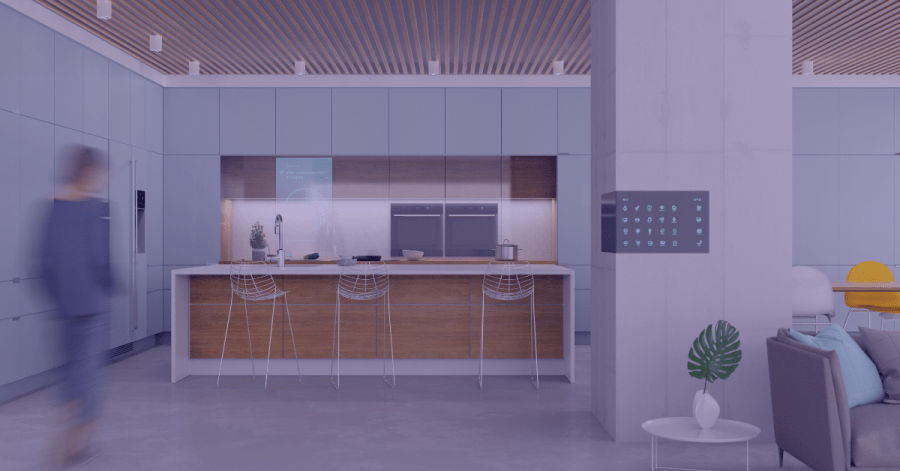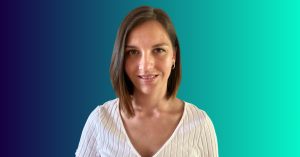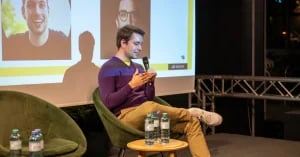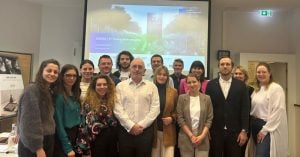How do you envision the home of the future? For the city dwellers, it is usually smart, connected, healthy, and green, simplifying their lives, while helping improve their environmental footprints. With the same vision in mind, LG Electronics recently launched the Future Home Global Innovation Challenge, announced at the Alpha Wolves Summit. The program will be led by their new venture client unit, LG Future Home, in partnership with Wolves Summit, a technology and innovation conference in Central and Eastern Europe, and the organizer of Alpha Wolves.
The Challenge seeks to identify innovative technologies and business ideas in one of four areas: potential features, accessories, and services for “Upgradeable Appliance”, solutions reflecting new life trends, solutions for new materials, components and control, and an open track for the future transformation of the home appliance and air solution market.
In terms of maturity, the organizers are looking for potential startups, SMEs or other corporates that already have VC funding or later stage, and product or at least MVP stage ready, so that they can already start testing that in LG’s environment and then adapt also quickly afterwards with slight modifications or customization.
“Solutions that can enhance the customer experience and make their life easier, that’s what we are looking for,” Sebastian Meyer, Venture Partner and Co-founder of LG Future Home shares with The Recursive.
The top 10 finalists will be invited to pitch in the semi-finals at GPC Wolves Summit, in Warsaw, Poland, between May 24-27th, for a chance to win up to €200,000+ in cash and service. The winners of the challenge will get the opportunity to work with LG Future Home to accelerate their growth and take their business to the next stage, potentially launching a pilot with LG. The company plans to support finalists with funding for concept development and access to LG’s global infrastructure and supply chain.
In today’s interview with two of the three Venture Partners and Co-founders of LG Future Home in Europe, Sebastian Meyer and Michael Holtkamp, we unpack the venture client unit model, review what companies can gain by partnering with LG, and take note of how they define a great product and a winning product mindset.
The Recursive: What was the vision behind founding the LG Future Home? What role will it play at LG?
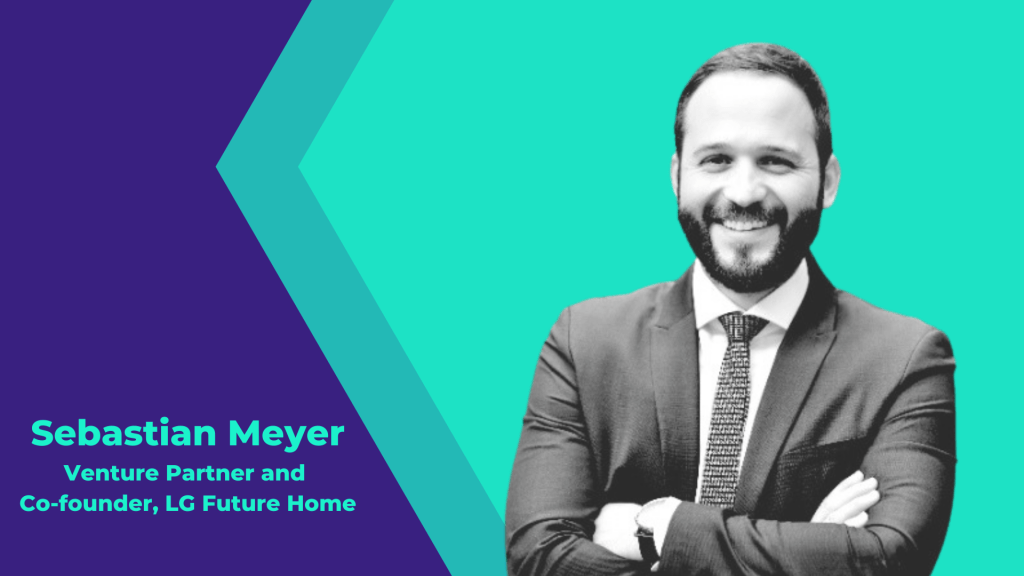
Dr. Sebastian Meyer, Venture Partner and Co-founder: At LG, we’ve been doing global open innovation since the early 2000s. After we created success stories together with external partners, we wanted to improve and scale to the next level.
So, the venture client model, in which we quickly evaluate opportunities with pilot projects and decide to go to market afterwards, seemed to be the ideal framework for this goal. We started as an initiative inside the largest business unit, under the LG Electronics, Home Appliance and Air Solutions business.
All our venture partners are now directly linked to a regional R&D lab with which we can easily collaborate and also start minimum viable product (MVP) stage pilots in a local market. By taking this local approach, we can also get the customer insight, for example, via field testing.
Michael Holtkamp, Venture Partner and Co-Founder: We had a quite experienced team when we started our Venture Client Unit. We didn’t want to reinvent our entire innovation strategy but rather use and enhance existing assets. The venture client model, which is hands-on and well structured, was best suitable for this initiative.
What is the process of selecting a company with which you want to collaborate?
Sebastian Meyer: We use a push and pull approach. We are always scouting on a global scale to find the best matching solution for LG. “Push” means that we identify a new trend locally or competitor activity, and then we start working on a proposal, while also comparing different solutions in that space. And especially for this kind of new ideas coming up from outside, we need to do good matchmaking and stakeholder management inside our organization. On that side, we have a strong counterpart team at our headquarters in South Korea, with many years of experience in open innovation.
Regarding “Pull”, the specific requests can come from the product planning team, or the local and regional labs. So, we can also create local needs on site with a regional lab, where they have a good grasp of the customer. For example, in the EU we have our local R&D lab in Nuremberg, Germany. In the long run, we are trying to concentrate 80% of our activities on the pull side.
What are your objectives with the Future Home Global Innovation Challenge?
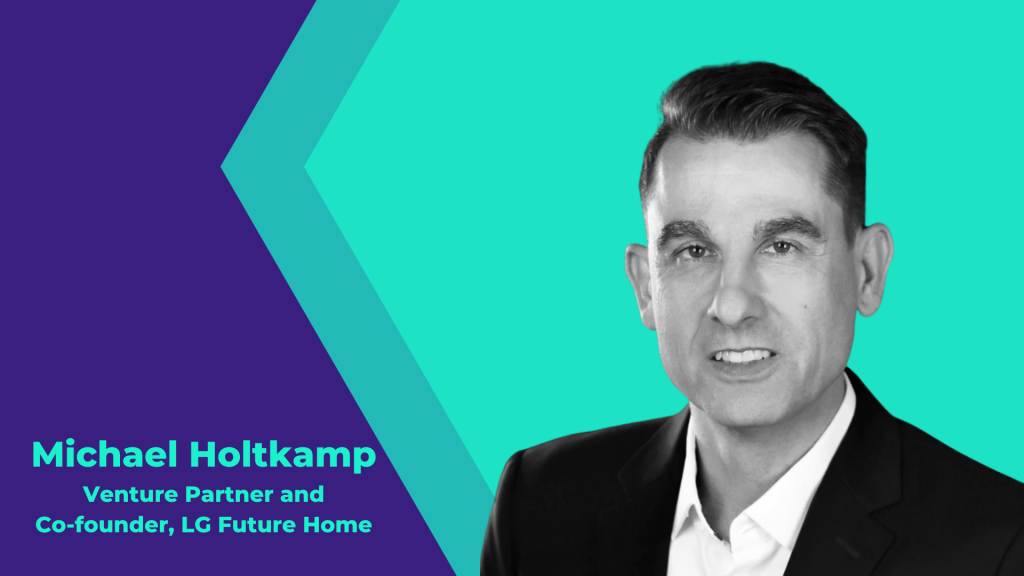
Michael Holtkamp: We aim to reinvent the future of the home with our new challenge. We want to collaborate and work with external partners to enhance, as well as create new user experiences and new products.
The Future Home Global Innovation Challenge encompasses four major areas. First, there is upgradability – enhancing our products once they are out in the market. Then we have lifestyle trends and innovations in materials or components. And finally, we have a more open request, which is the future transformation of our home appliance and air solution business; it could be digitalization or other services to be added on top.
For companies, what will be the advantages of partnering with a venture client unit, and how does it complement traditional investment?
Sebastian Meyer: We are looking more into adoption of an external solution and then we can scale it together in our ecosystem. LG is a global leader in the home appliance and air solution field, so we can provide industry insights and offer access to a multi-billion dollar market.
Michael Holtkamp: And for us, the focus on adoption means getting excellent technology in the most efficient way into our company, through, for instance, buying or licensing external solutions. So, actually it complements our corporate investment activities.
We are running intensive proof-of-technology and proof-of-concept projects, so we know quite well the technology of our partners. We also know the team. And once there is a demand for equity investment, we can easily hook on, because the technology due diligence is done. So, the equity team has only the financial evaluation left to do.
A key benefit for small startups is that they have the opportunity to get revenue from selling their products in the home appliance and air solution market.
What are some success factors in scaling consumer technologies into commercialization?
Michael Holtkamp: First of all, we need to identify technologies that are a little bit more mature, which can be implemented quicker than what we could develop in-house. The technology has to be more advanced, more innovative, or more efficient by reducing costs.
And we definitely need a good match between our internal demand and the external solution. We saw in the past that you can propose amazing innovative solutions, but if there is no demand internally, they will never take off.
What makes a great product?
Michael Holtkamp: A great product is the product that our customers love. We have to focus on the customer experience. We need to provide a product that works reliably, in the way that we promise it. On top, it would be good if it has some additional features that might surprise our customers and that differentiates our products from those of competitors.
Sustainability must be an underlying consideration for any product today. What are you looking for in a product, from this point of view?
Michael Holtkamp: We should consider the device’s recyclability, one key aspect when it comes to complying with EU regulations. We should also consider how the product is used and reused through its lifecycle, and this needs to be embedded in the product’s design. The product does not necessarily have to be thrown away after five years. Additionally, we’re looking into topics like the energy consumption of our products, which is also quite an important topic for us.
Sebastian Meyer: We’re currently analyzing new business models in terms of hardware rental, subscription financing, but also recommerce of the products. We believe there will be a shift towards new business models, driven by the demand for new customer experiences. It’s a bundling of different experiences and services together. Customers want to reduce their carbon footprint and we are seeking ways to help them.
What makes a great product engineer?
Sebastian Meyer: It’s important that the product engineer clearly understands the customer demand and that he / she is able to adapt quickly in terms of new features and services. The customer insights team and the product planning team should engage closely, and have a continuous sensing of what customers want and how their needs change. A continuous dialogue with the customer is becoming more and more important.
How would you advise startups and scaleups to build a product mindset in the team?
Sebastian Meyer: It is important to have a customer-centric product development process. Additionally, you need to arrive at an MVP stage fast, test it with real customers, get some feedback, and then iterate.
With hardware it’s more difficult, you can’t compare it to software development, which is definitely more agile. Yet, you can still do a lot in terms of prototyping. There are new technologies available that can help with product planning and iteration, like 3D printing.
How do you envision the home of the future, and what are the trends shaping this future?
Michael Holtkamp: From our point of view, we would like to get products that support our customers in their daily life and that become better over their product life cycle matching them with customer behavior. We are definitely going towards much more connectivity between products, so that products can interact and enhance each other. As an example, when we know what our refrigerator contains; we can actively propose a good recipe with certain ingredients and connect the oven to start preheating early on.
Sebastian Meyer: Another important topic on our agendas is decarbonisation. Already, we are doing a lot in our business units in terms of energy savings from heat pumps and air conditioning systems. When it comes to our clients, we are looking at home energy management, by connecting smart appliances to their smartphones and allowing them to automate processes in order to optimize resource use.

